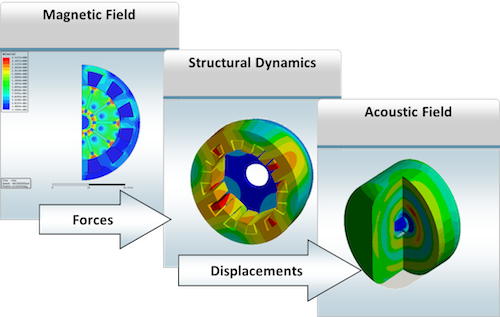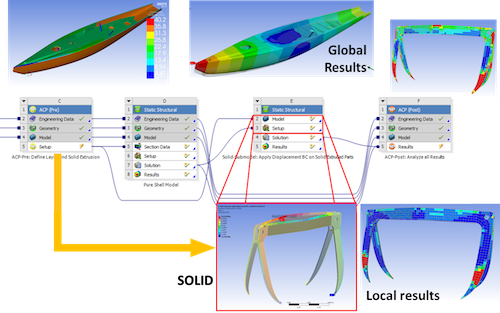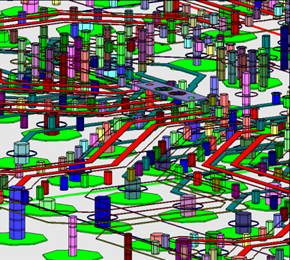Latest News
December 12, 2013
Whether designing a next-generation smart phone or a state-of-the-art jetliner, there’s no escape from the increasing complexity that defines today’s products.
Engineering teams across all industry sectors are optimizing designs via the use of advanced materials like composites and increasing the role of electronics and embedded software to make smarter products. With this growing sophistication comes a need for advanced simulation tools that help engineering teams optimize designs far earlier in the process.
This backdrop provides the context for ANSYS’ latest release of its flagship simulation offering. ANSYS 15.0 adds a range of new capabilities and enhancements in the areas of advanced materials systems design, fluid dynamics, and electromagnetics in addition to new features for facilitating model setup and meshing and support for HPC scalability.
“This is a big release for us,” said Barry Christenson, ANSYS’ director of product management. “There are tremendous improvements across every product line and physics we have.”
Consider the area of electromagnetics. To address the growing interest in electric motor and drive design, ANSYS 15.0 builds on the Maxwell and Simplorer solutions by extending integration into other physics. For example, the end-to-end solution now features new force-coupling capabilities between low-frequency electromagnetics (Maxwell) and structural mechanical tools for acoustics analysis to help engineers minimize noise in electric motors and machines. There is also an integration between the Simplorer circuit simulation tool and the SCADE Suite, an automatic embedded code generator, providing a collaborative design environment to assist in optimizing interactions between control system software and hardware.
“Now you’re able to define functionality and how you want a drive system to behave and [ANSYS 15.0] can simulate the actual control system … and all the interactions,” Christenson explained. This kind of closely coupled simulation enables engineering teams to fully evaluate multiphysics effects, he said, reducing the possibility of over designing or over predicting performance.
“As you’re trying to optimize motor efficiency and weight in the design of a vehicle, you can’t be off by 15%,” he explained. “Otherwise, you’re designing something that’s too big, takes up too much energy to operate, or conversely, it doesn’t have enough power. The ability to evaluate these things together becomes extremely important.”
What’s also important in today’s complex design climate is to support more advanced materials as part of system design. ANSYS 15.0 extends the software’s support for evaluating the performance of composite materials in a number of ways. The new release reduces overall computation time by facilitating submodeling techniques in the pre-processing workflow; this allows users to create high-fidelity local results while employing a coarser model globally. There is also a new multiphysics approach to composites simulation to optimize wireless design and thermal management. It allows users to define spatially dependent material properties for electromagnetic simulation and then couple those results to the structural analysis.
“We’ve had a great, streamlined workflow for the structural analysis part [of composites design], but not for looking at all the electronics effects,” Christenson said. “This composite solution spans not just the structural analysis, but the electromagnetic.”
In addition to these features as well as enhancements in the area of fluid dynamics, ANSYS 15.0 ups the ante for automating model setup and meshing as well as support for HPC scalability to speed up its performance across the simulation portfolio by a factor of five.
“With this kind of support for large clusters, we can do a lot of things we couldn’t have done in the past,” Christenson says. “We want our customers to get the best return they can out of their hardware investment.”
Here’s a look at how ANSYS Fluent 15.0 supports a microfluidic flow.
Subscribe to our FREE magazine, FREE email newsletters or both!
Latest News
About the Author
Beth Stackpole is a contributing editor to Digital Engineering. Send e-mail about this article to [email protected].
Follow DE








